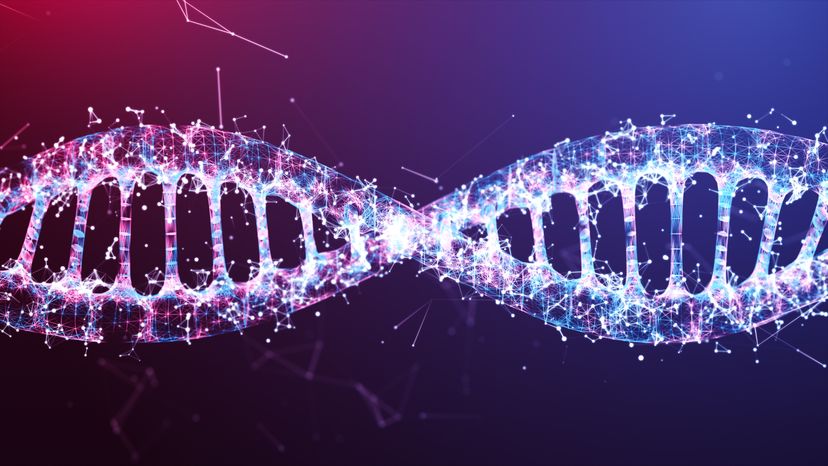
Genetic mutations are the instrument by which nature adds new variations to life. If the mutations give rise to advantageous traits, they get passed down through successive generations and can spread throughout the entire population of a species.
Evolution just wouldn’t be possible without mutations springing up now and again to bestow new attributes on creatures. Take humans, for example. About 12,000 years ago a single human had a mutation that granted them the incredible power to digest milk from a cow. Today this mutation is a common trait and we’ve got entire industries devoted to producing and selling cow milk in various forms.
Advertisement
Scientists estimate that every time the human genome replicates itself there are roughly 100 new mutations. Most of them are benign and negligible, but every so often a mutation expresses itself in the form of a seemingly superhuman ability. These are eight of such super mutations.